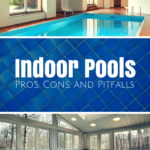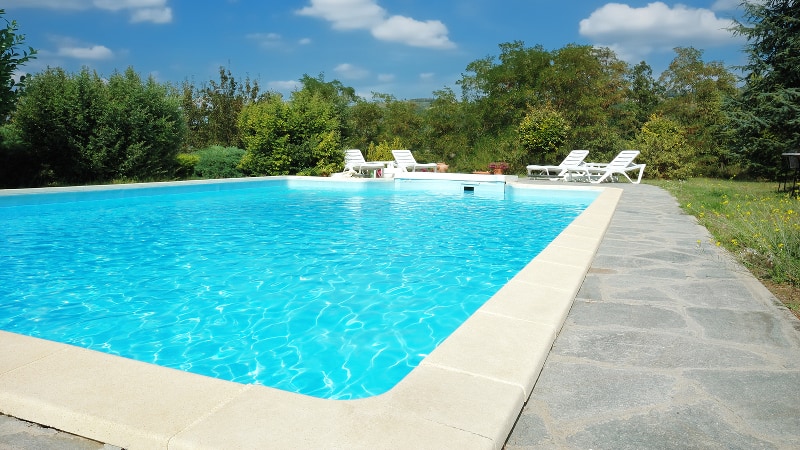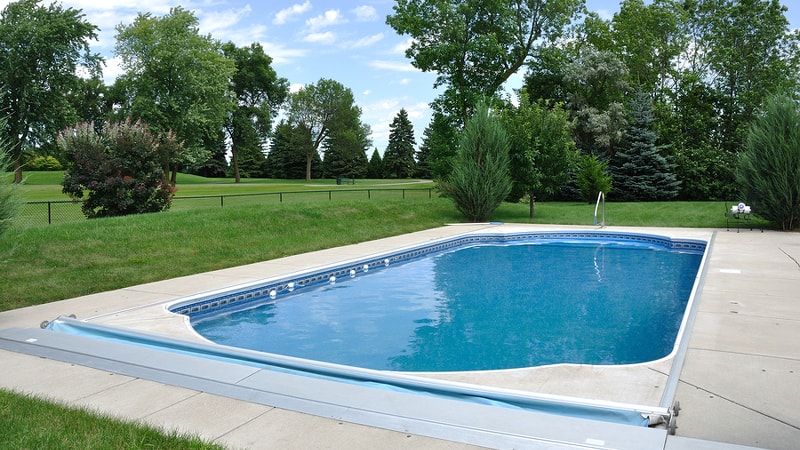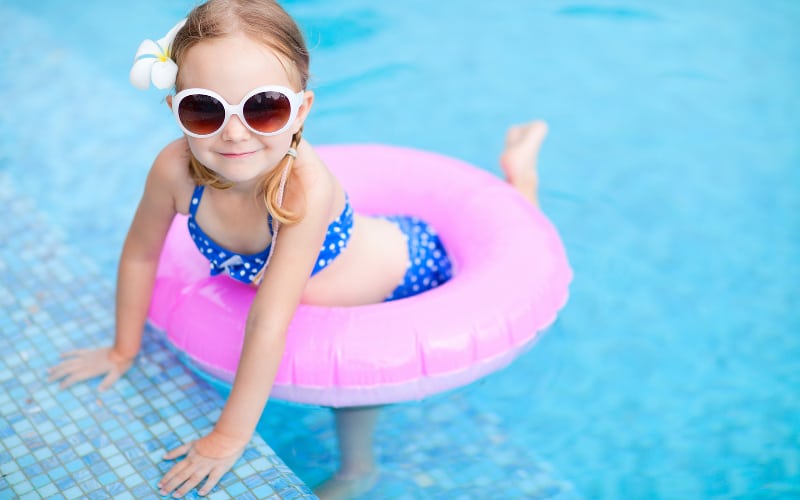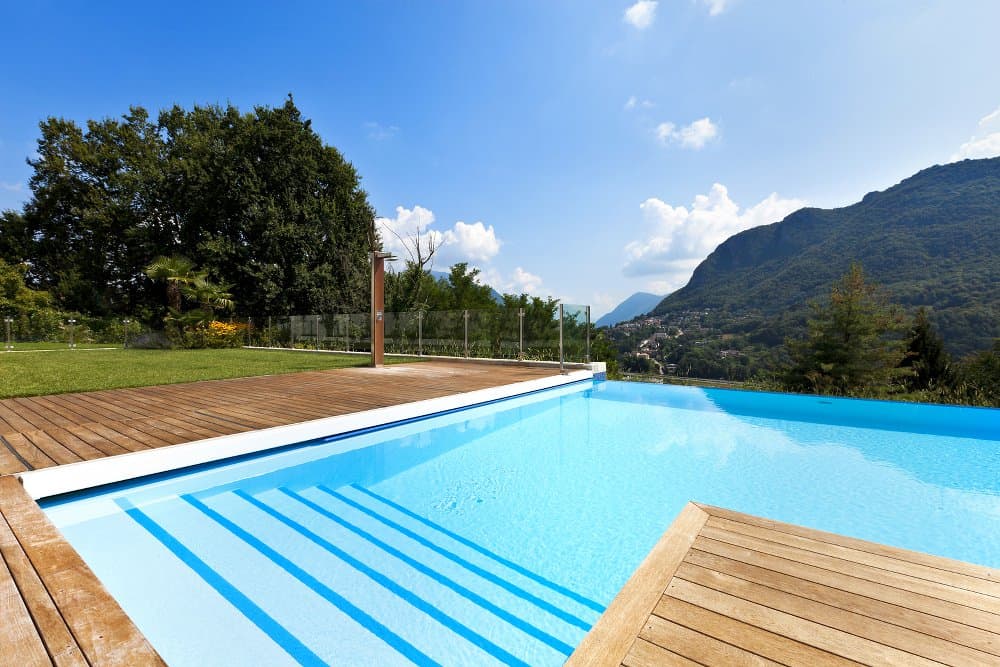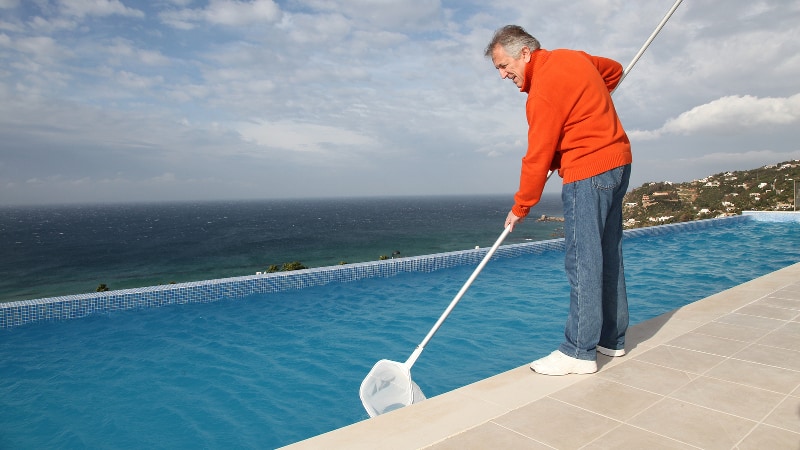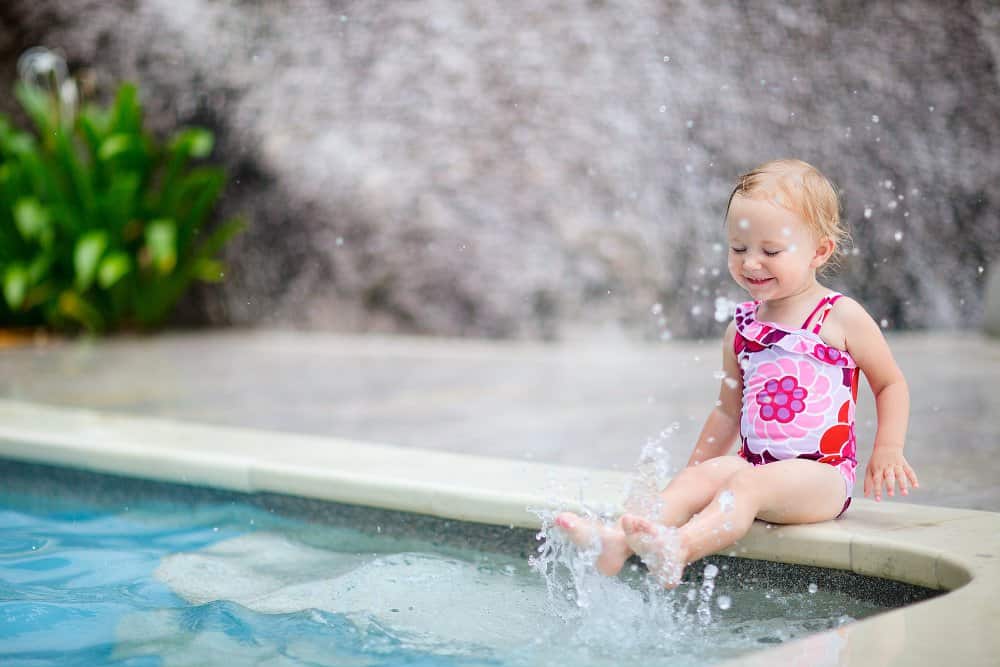That hotel you stayed in last month has one. Your fitness club has one. Even the local YMCA has one. So why shouldn’t you have one?
We’re talking of course about indoor swimming pools (or natatoriums, if you prefer the technical term). They’re hardly exotic, as the mundane examples above demonstrate. However, while just about everyone has visited an indoor pool, historically very few people have ever owned one.
That may not be true for much longer. These days, more and more people are building private indoor pools as a way to ensure year-round luxury in a cozy, climate-controlled environment. It’s one more example – perhaps the ultimate example – of pool owners aspiring to create an authentic spa experience at home.
Of course, the growth in residential indoor pools might be even greater if they weren’t so darn expensive. That’s the obvious downside of indoor pools, to go with the obvious upside of never having to fret about bad weather. That said, there are many other, less conspicuous factors to look into when deciding on whether to get your very own indoor pool.
The Case For Indoor Pools
Believe it or not, indoor pools have even more going for them than you might imagine. If you’re trying to talk yourself into getting one, start with this list.
Year-round swimming. This is clearly the big draw of indoor pools, especially in places where the swimming season is short. Sure, an indoor swimming pool may cost several times what a comparable outdoor pool would, but you’re getting a lot more use out of it. Do the math, and you may decide it’s worth the extra expense.
Privacy. Face it, there’s only so much you can do to keep an outdoor pool private. An indoor pool offers the kind of seclusion that even a next-generation drone can’t breach.
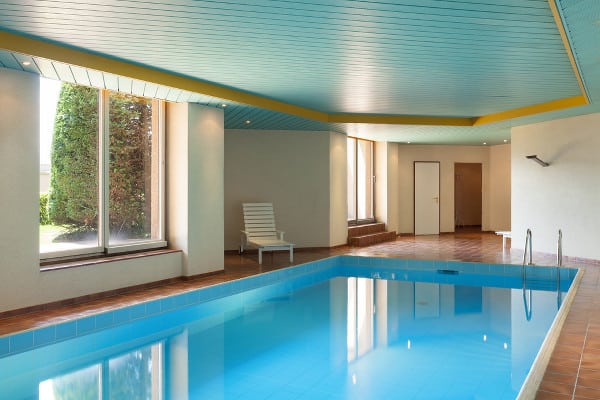
No leaf skimmer required. Owning an indoor pool means never having to fuss with leaves, dirt, and other debris that inevitably wind up in outdoor pools. If swimmers don’t use sunscreen, that’s another bonus that will keep the water cleaner and easier to balance. Speaking of which…
Skip the sunscreen. It might seem like a small thing to some, but less sun exposure is a noteworthy, possibly even game-changing advantage of indoor pools. That said, if you’re envisioning big windows for your natatorium, you’re not off the hook.
Generally safer. The word “generally” is necessary here because a lot depends on the exact setup of the indoor pool and whether your own family includes young children. However, one thing is for certain – you won’t have to worry about neighborhood kids climbing a safety fence to get access to your pool when no one is around.
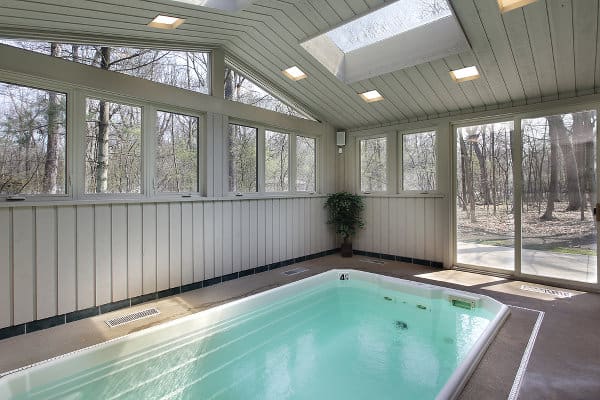
The Case Against Indoor Pools
There’s always a catch, right? In the case of residential indoor pools, there are a handful of them, and they’re not insignificant.
Installation cost. It’s no mystery why indoor pools cost more. Not only are you paying for the pool itself, but for the structure around it. Whether that structure is a standalone building or an interior space of a home, it’s bound to be a big project – one that seriously jacks up the total cost of installation. On top of that, you’ll also need a pricey HVAC system and vapor barrier to protect against damaging moisture.
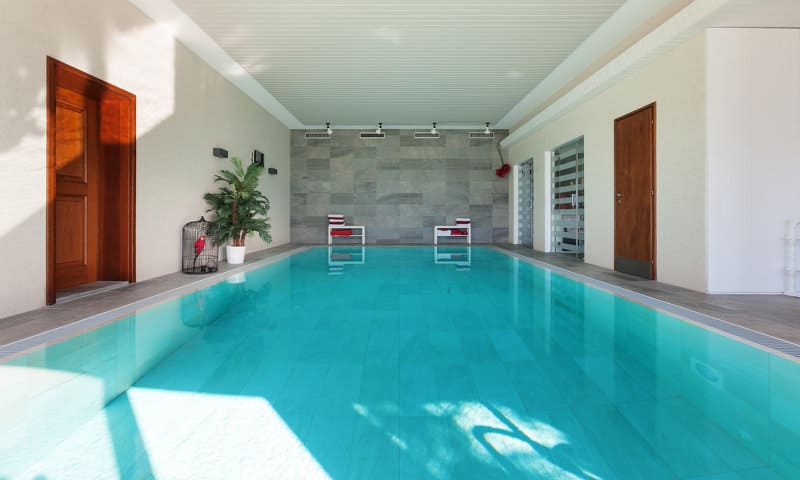
Maintenance cost. Experts say the air temperature in an indoor pool room should be two to four degrees higher than the water temperature. Otherwise, you could end up with too much evaporation, which is bad for the surrounding structure. The upshot is that you’ll need to keep the pool room warm and the dehumidifier running. The energy cost can be steep, especially if the pool room features those large windows that everyone loves.
Do you want to be inside on nice days? Indoor pools are ideal for cold and/or rainy days, but on a warm and sunny day, you might wish you had an outdoor pool. You could, of course, get a retractable roof for your indoor pool, but the cost and logistics of that are formidable.
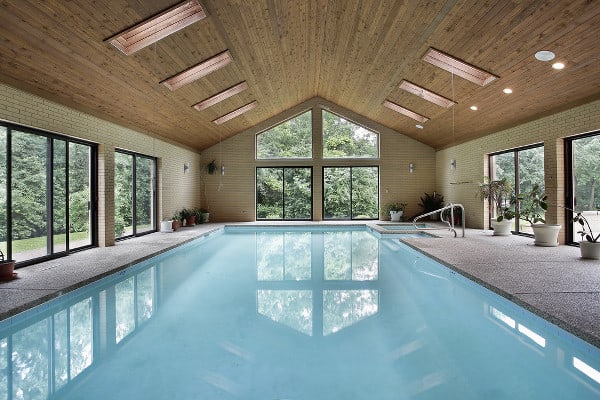
Pitfalls. Up until now, this discussion has assumed that the hypothetical indoor pool is functioning properly. But what if it’s not? Indoor pools are trickier to install than outdoor ones, and the stakes are higher. An indoor pool that’s poorly designed, built, or maintained can cause the structure around it to rot over time.
Know Your Options Inside and Out
As you can see, indoor pools differ from their outdoor counterparts in important ways. However, from a prospective pool owner’s perspective, they’re alike in one key respect: You should consider all the options before deciding to get one.
The most obvious alternative for an indoor pool would be a conventional outdoor pool with an enclosure. Pool enclosures come in lots of different forms, but generally provide many of the same benefits as indoor pools. If you’re not hung up on getting a full-sized pool, you could also consider a swim spa or spool that can be heated up for year-round enjoyment.
If you decide that a private indoor pool is for you, the best advice is the most common sense advice: hire a reputable pool builder. Moreover, make sure the builder has plenty of experience installing indoor pools. For this “inside job,” you’re going to need a true professional.

